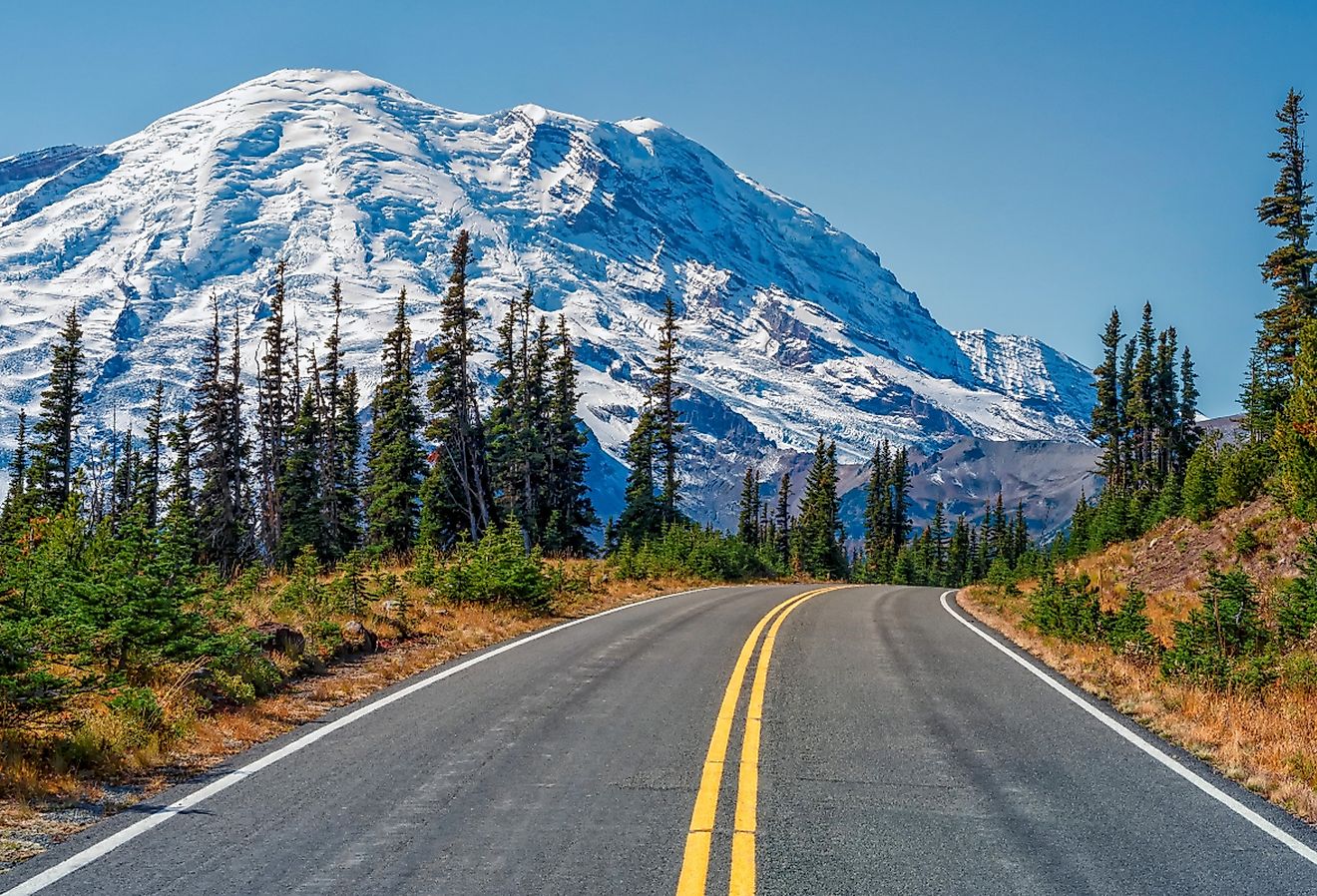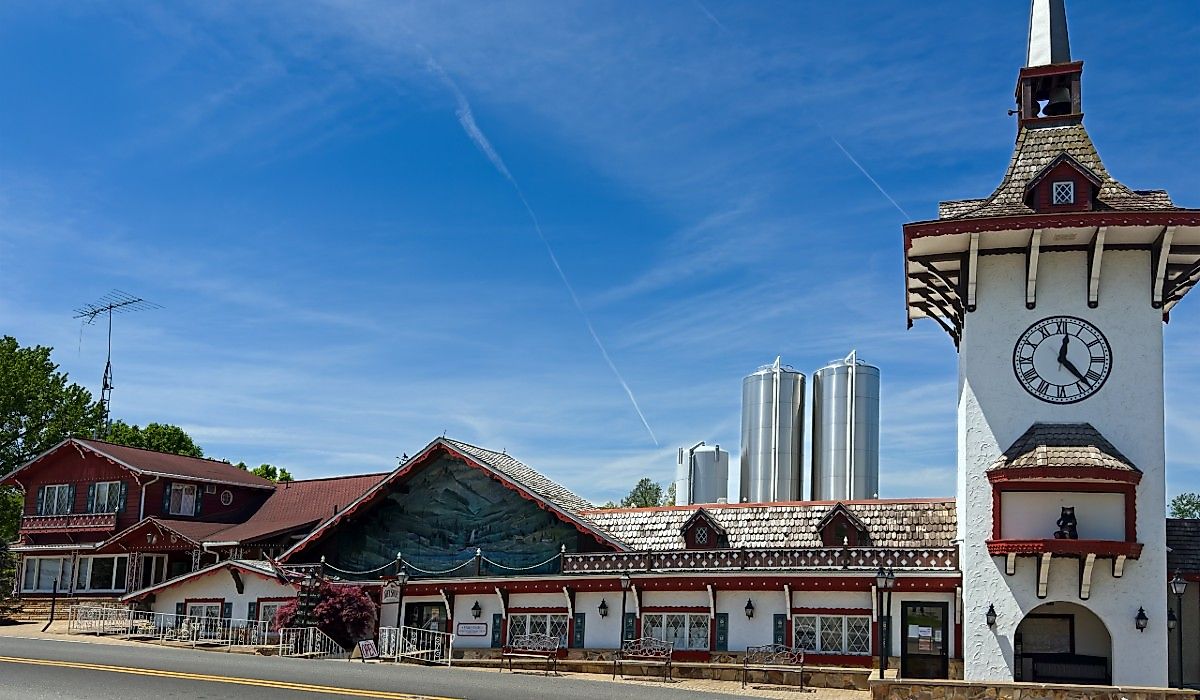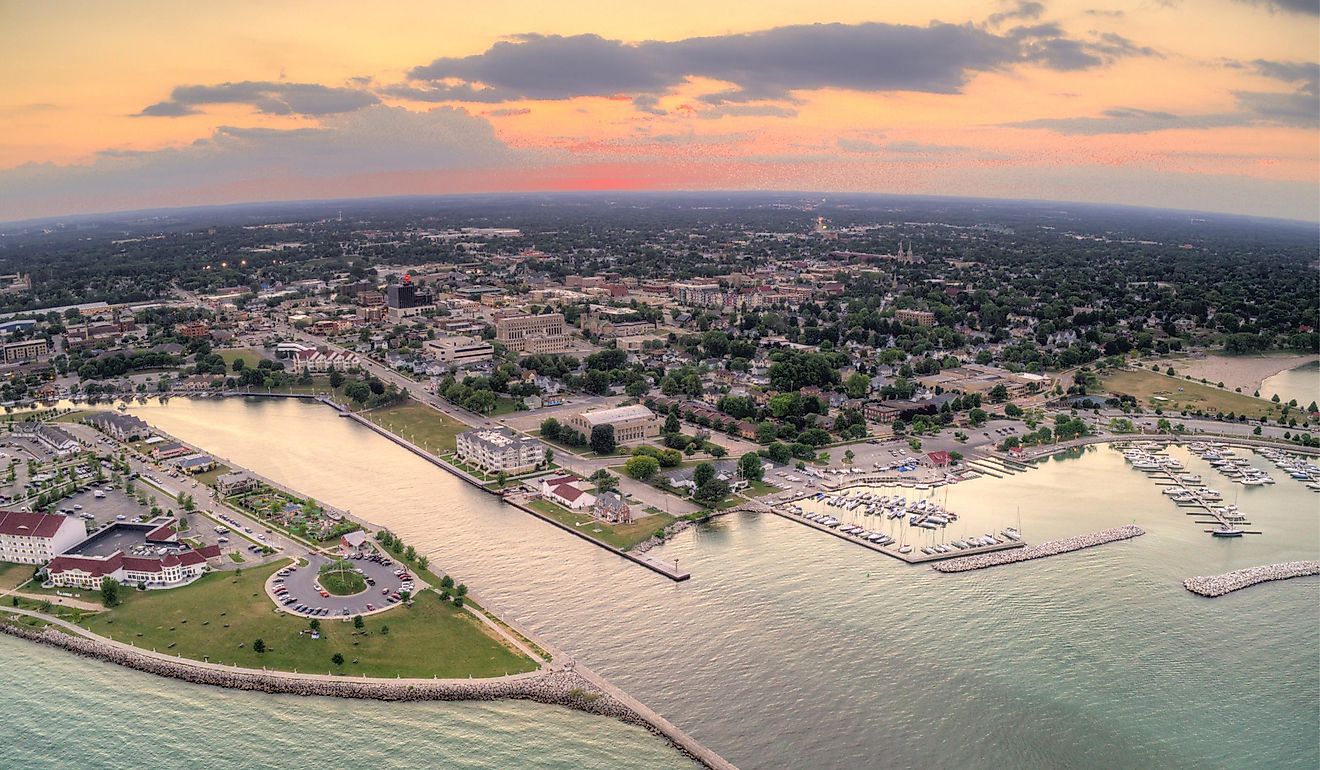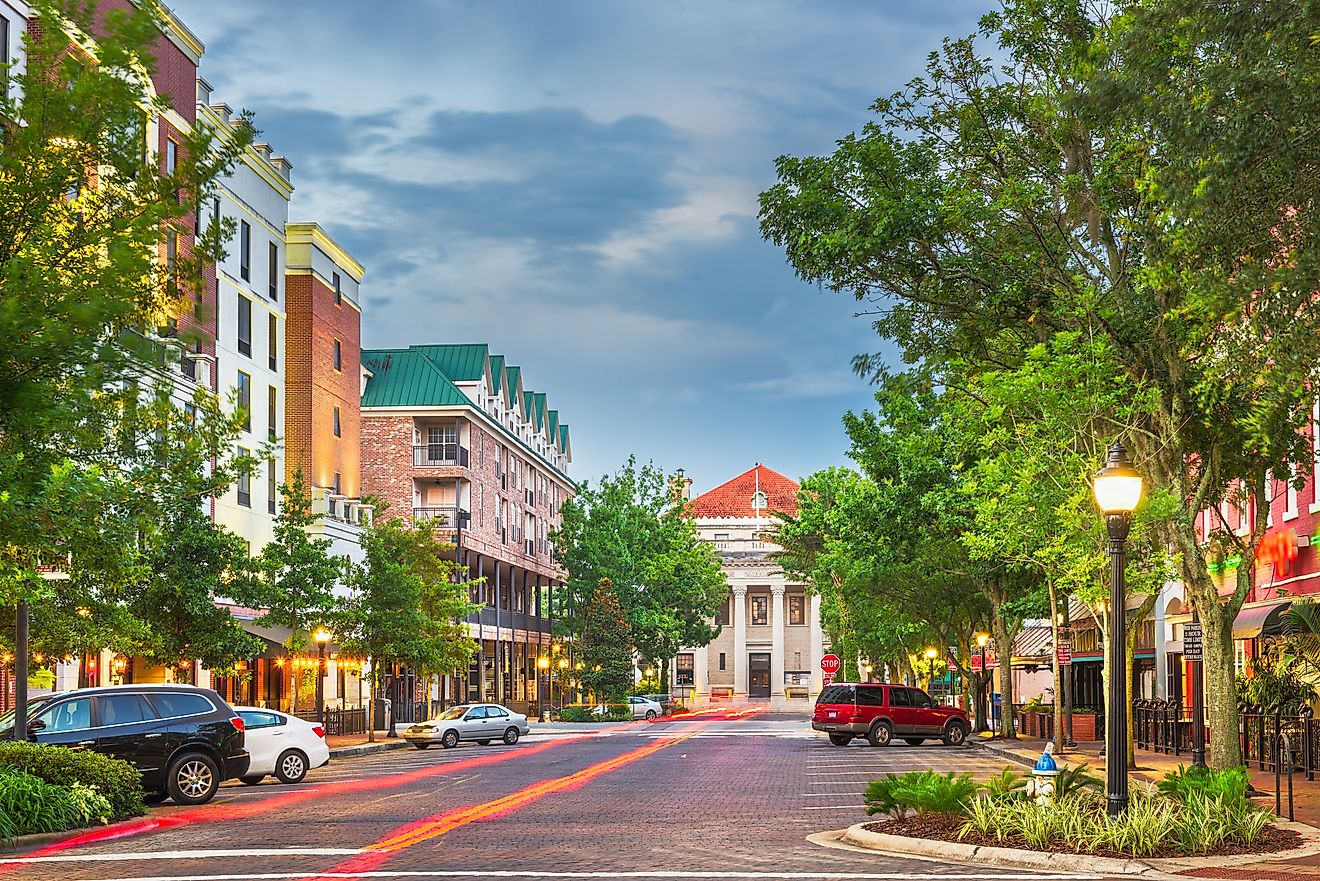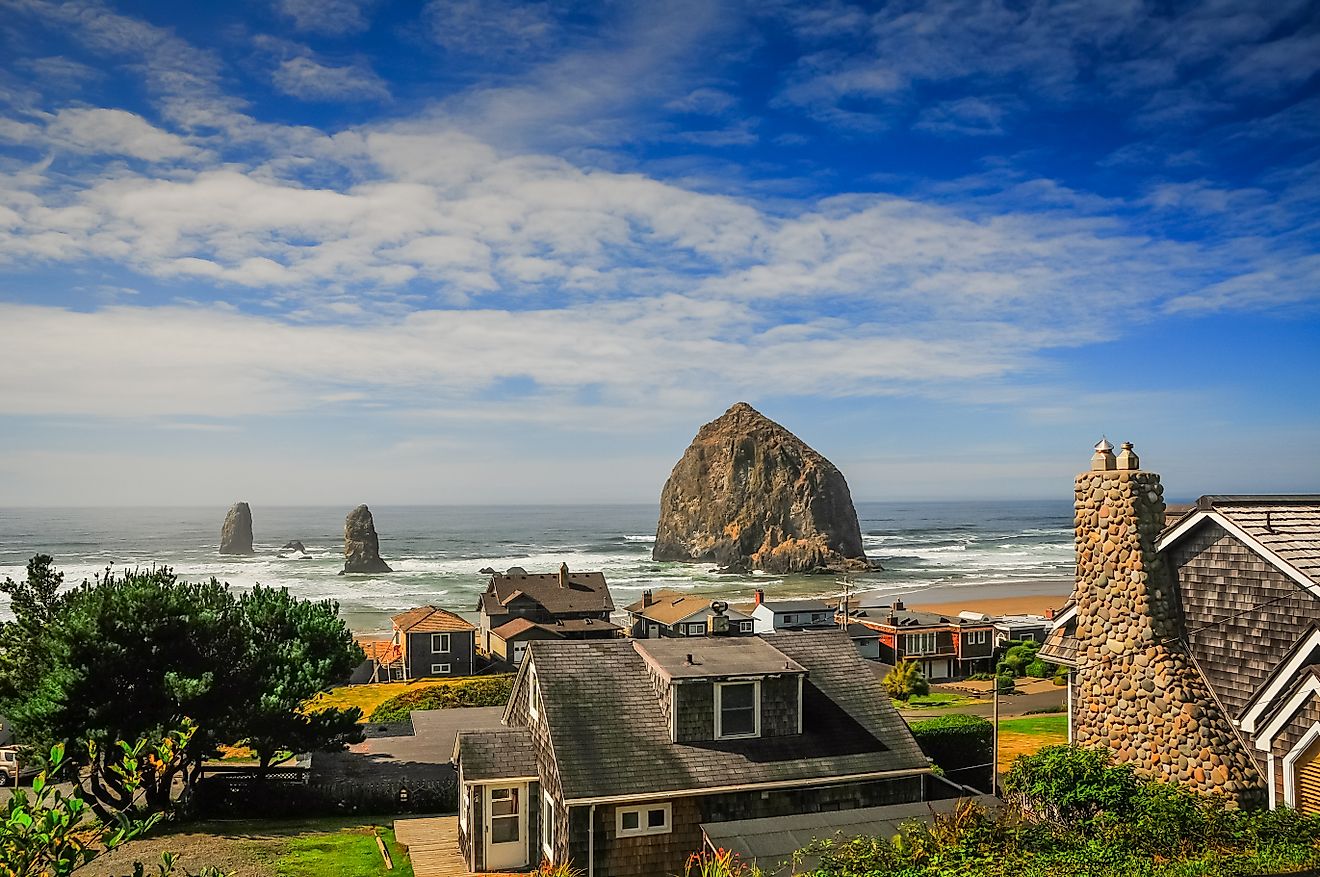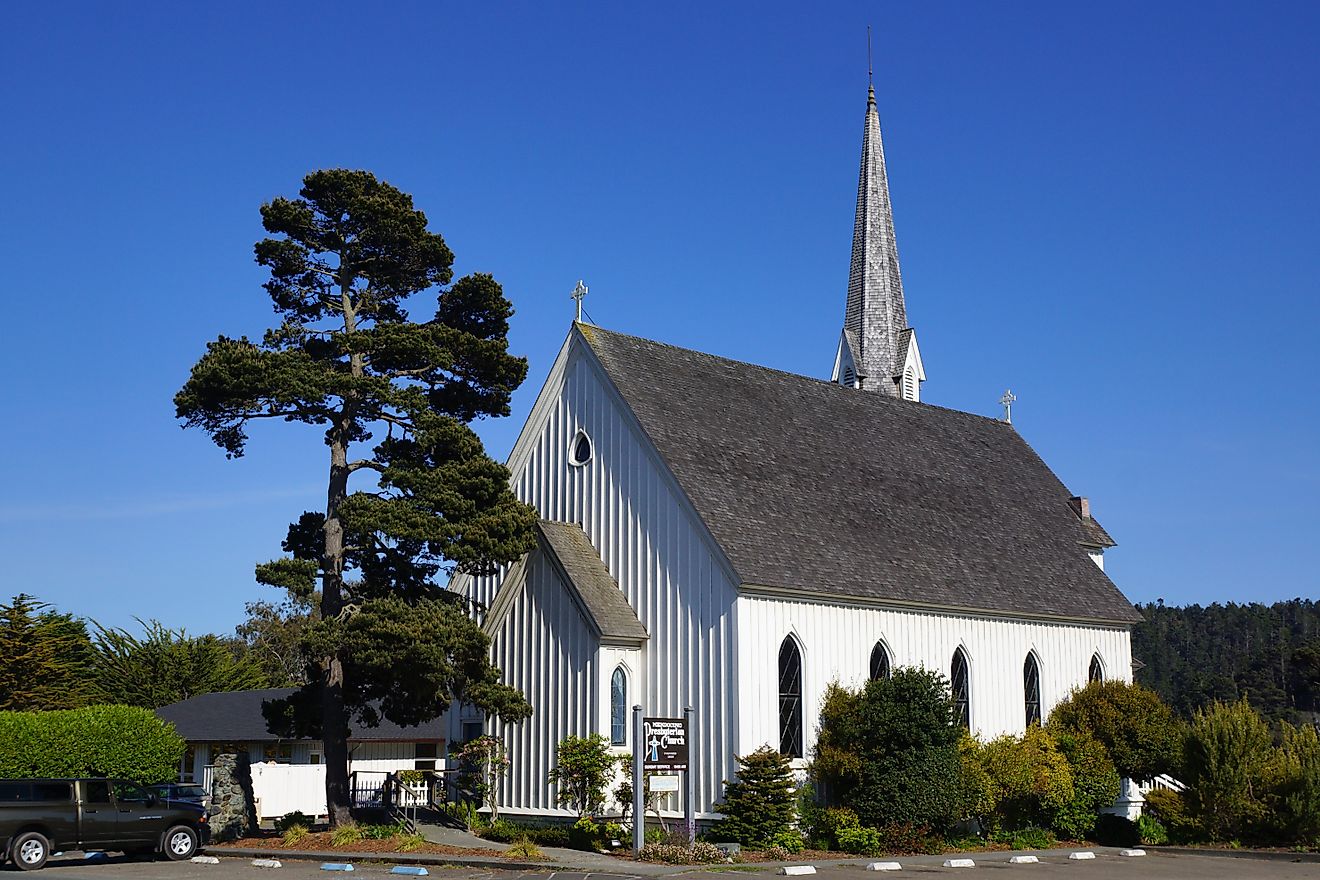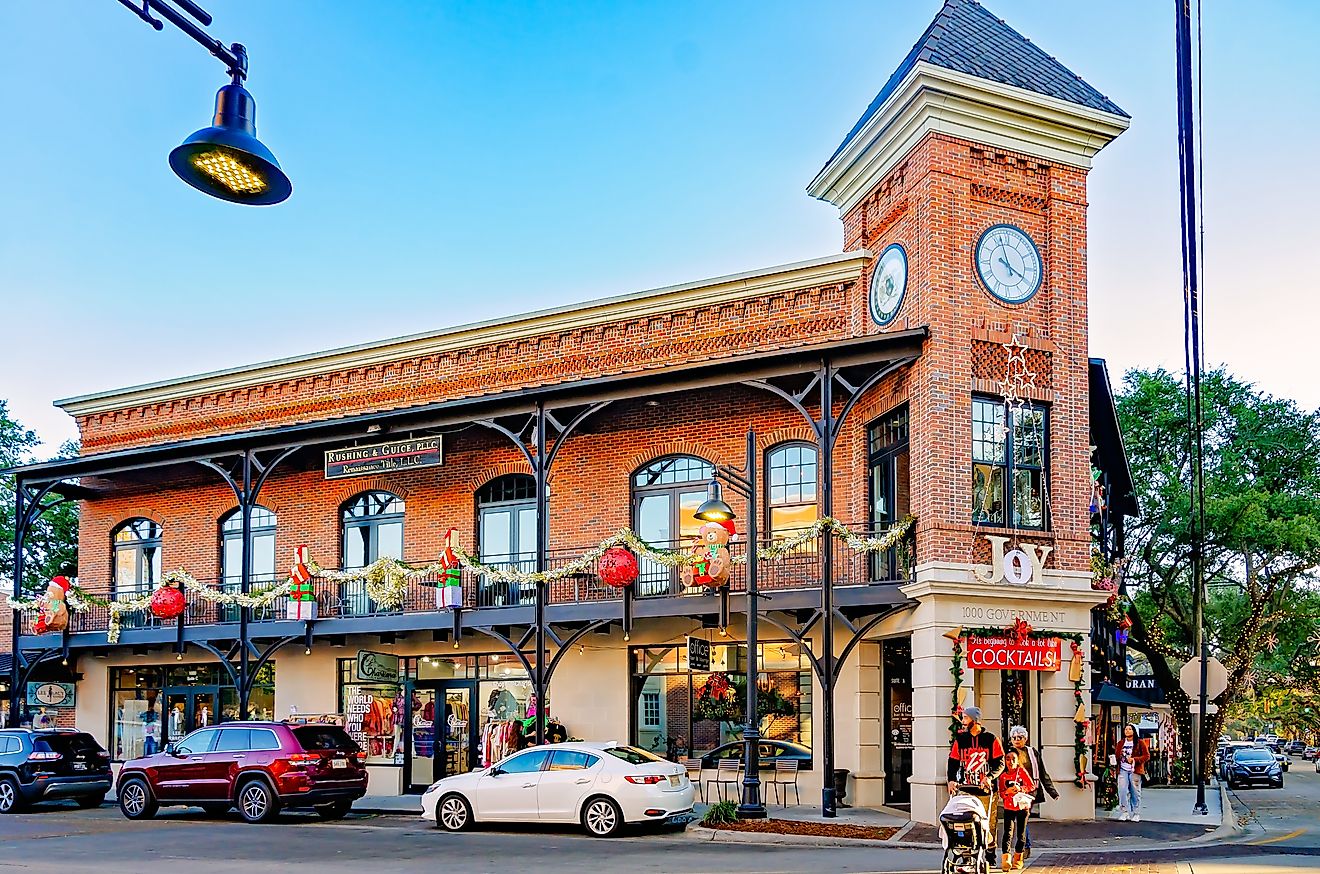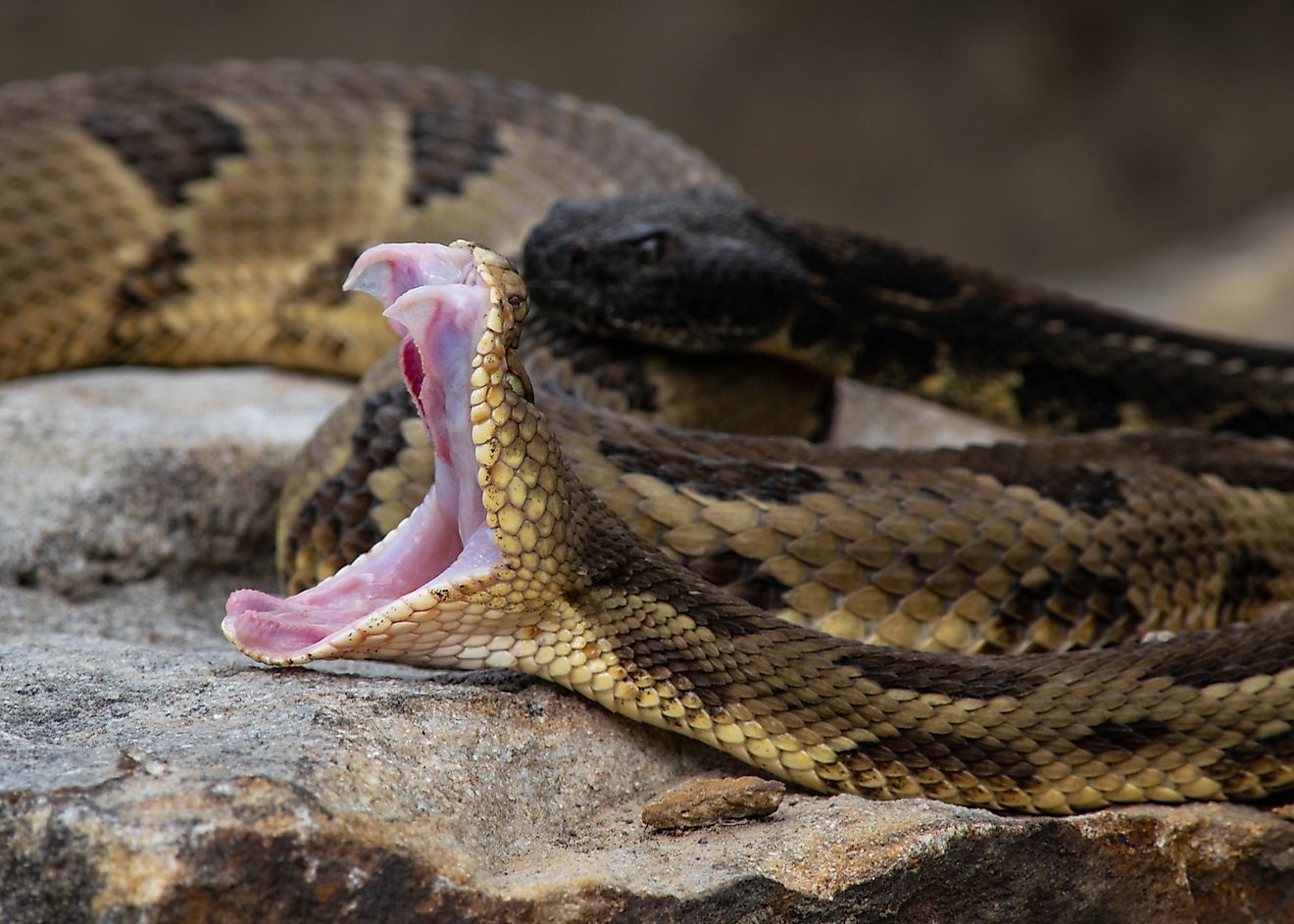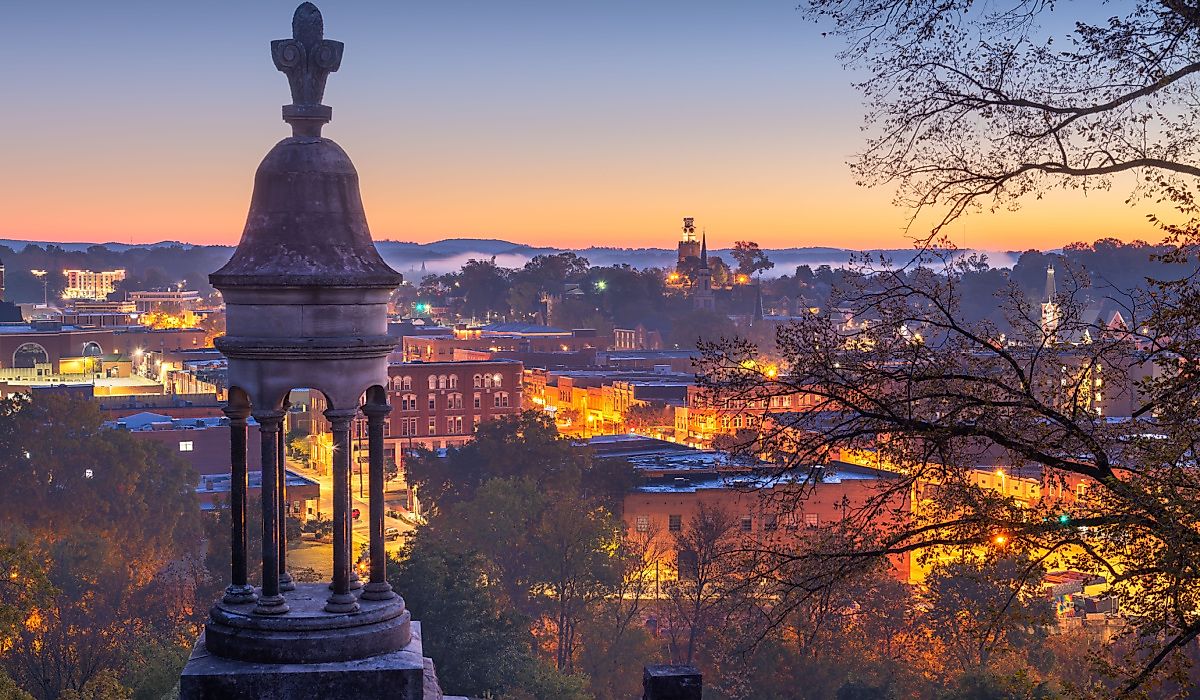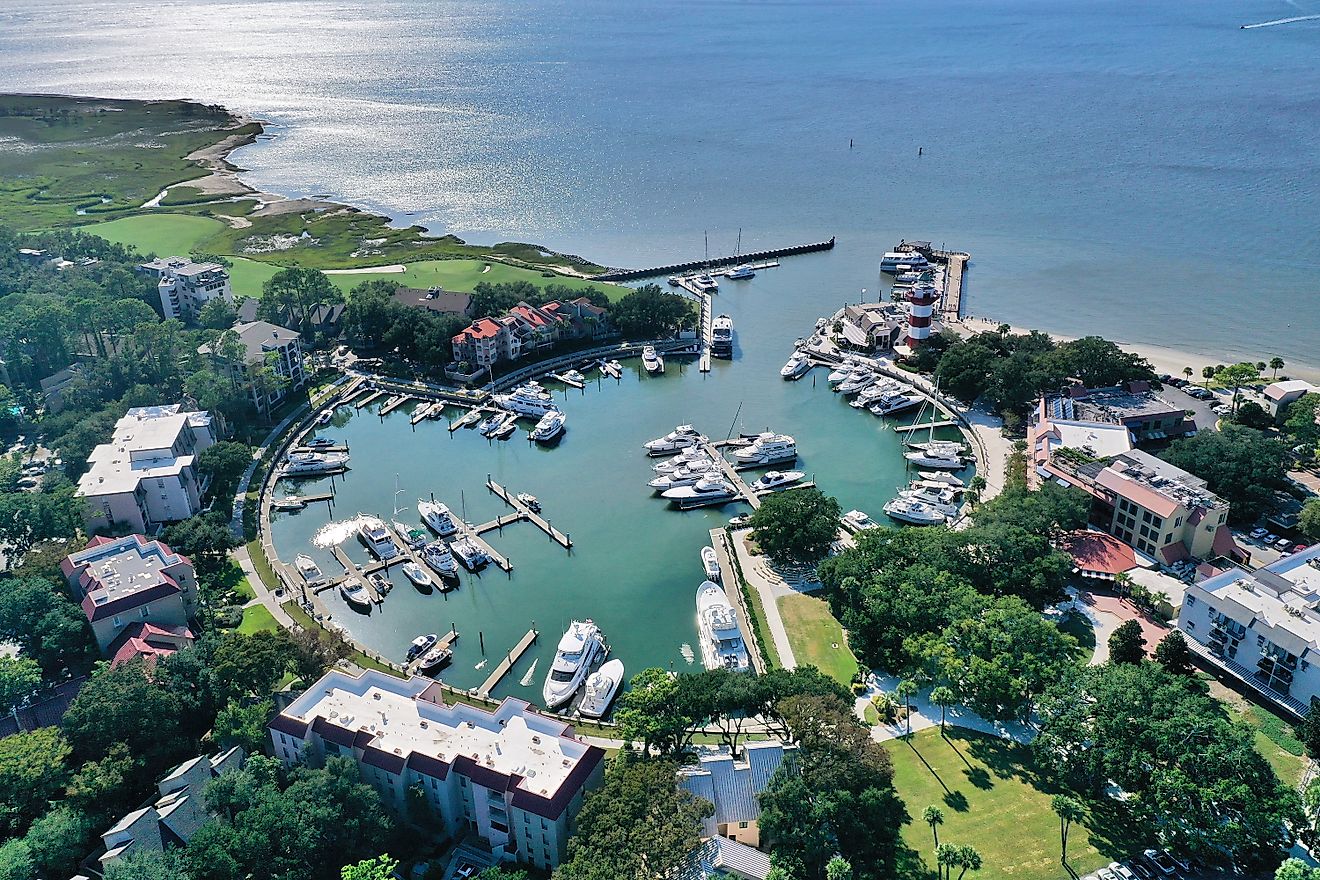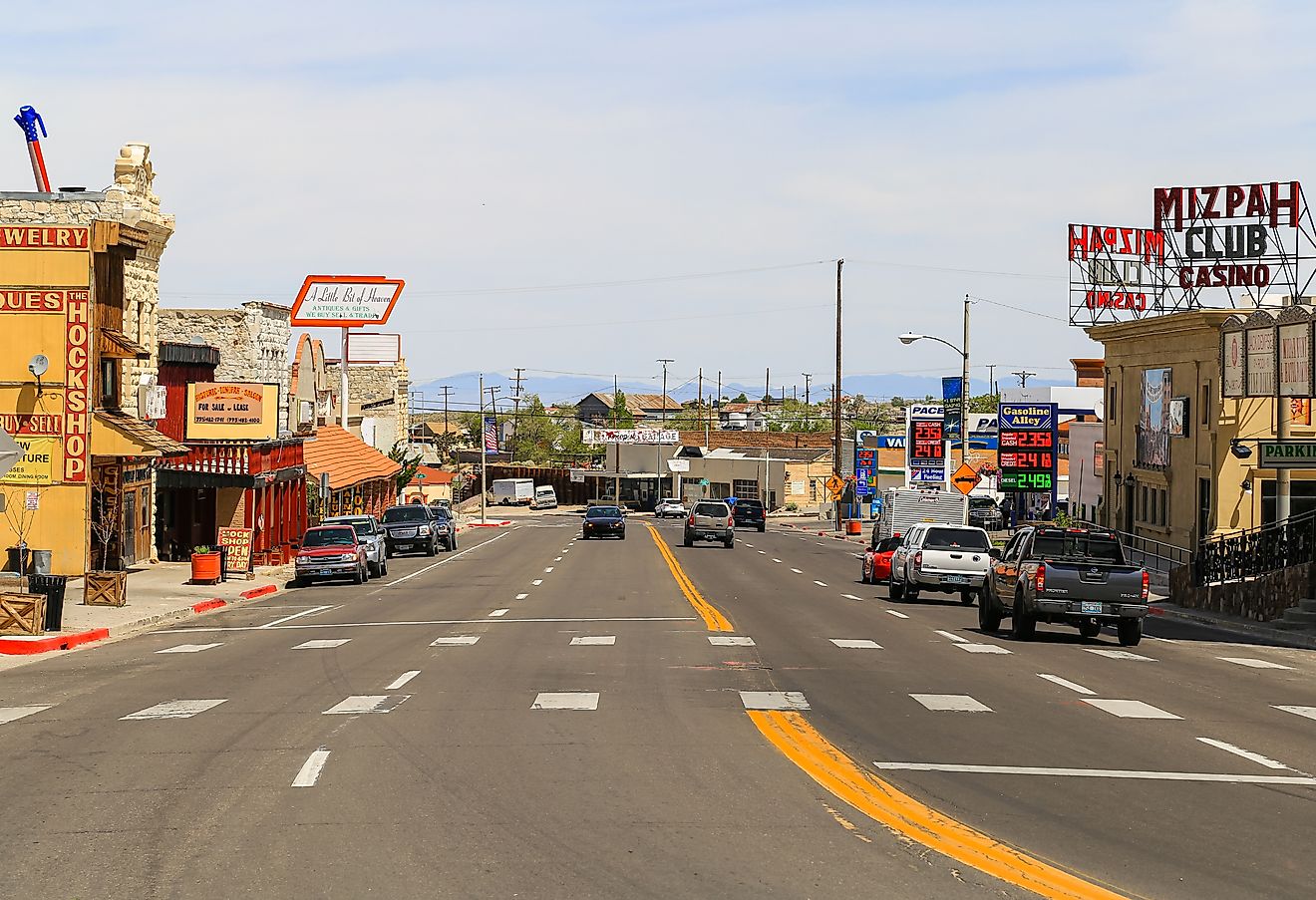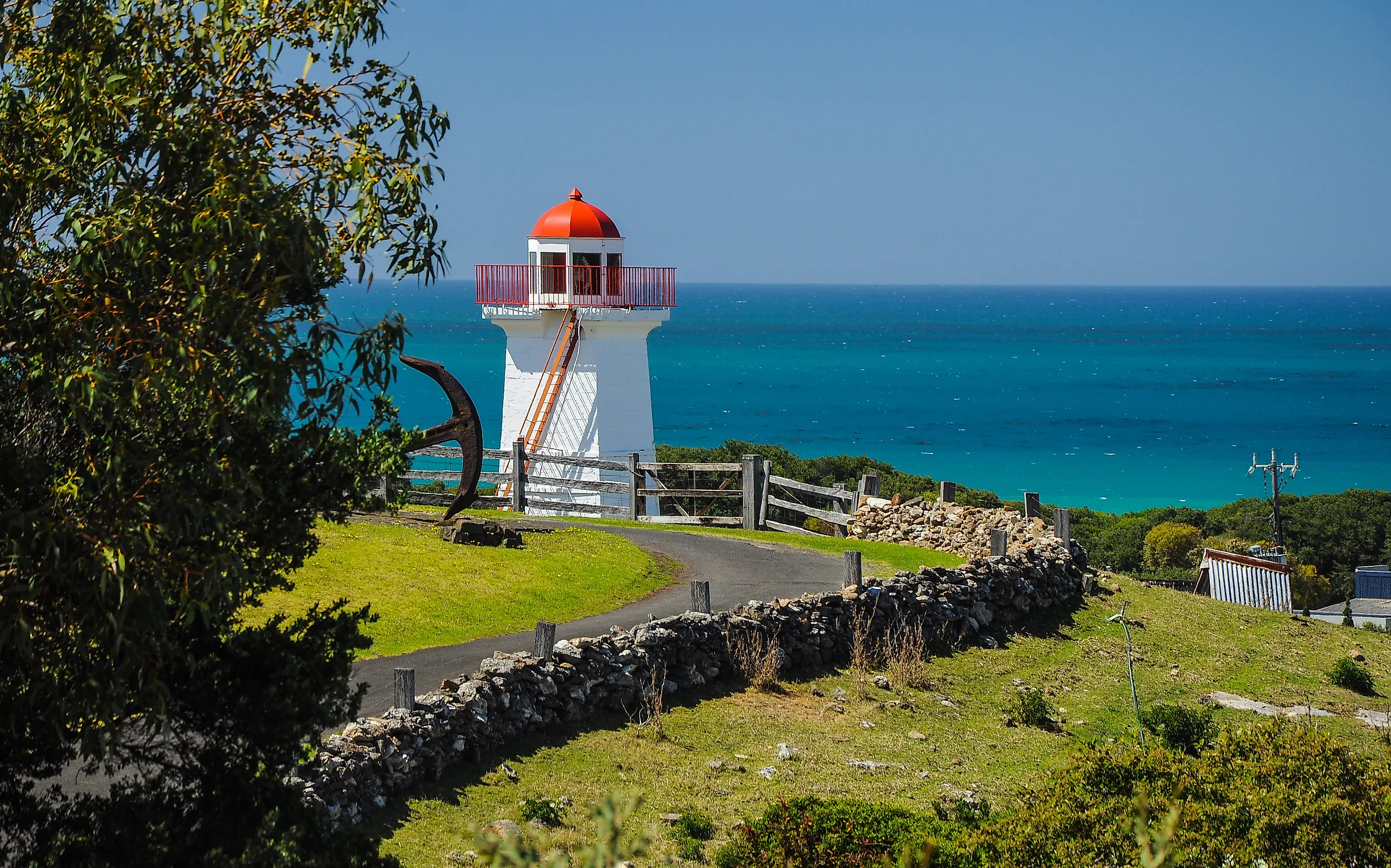
7 Best Places To Live In Victoria In 2025
Outsiders know Victoria for latte art in Melbourne laneways and the hair‑raising bends of the Great Ocean Road, yet the state’s quiet miracle is happening far from its crowded tramlines.
Over the past five years, a string of regional towns has quietly become the setting for the state government’s “20‑minute neighbourhood” experiment. Locals call it the “espresso radius”: a pledge that every essential (school, clinic, park, flat white) sits within one brisk stroll.
The result? Former gold‑rush depots now boast co‑working barns, craft‑beer incubators, and arts hubs carved from disused rail sheds. Surf hamlets host pop‑up STEM labs tied to Deakin and Federation universities. And dairy capitals, once sleepy, now headline national food festivals without surrendering their Saturday morning serenity.
If you’re plotting a 2025 relocation and want instant lifestyle ROI without metropolitan congestion pricing, the following seven postcodes prove Victoria’s most appealing addresses lie well beyond its Hoddle Grid.
Wodonga
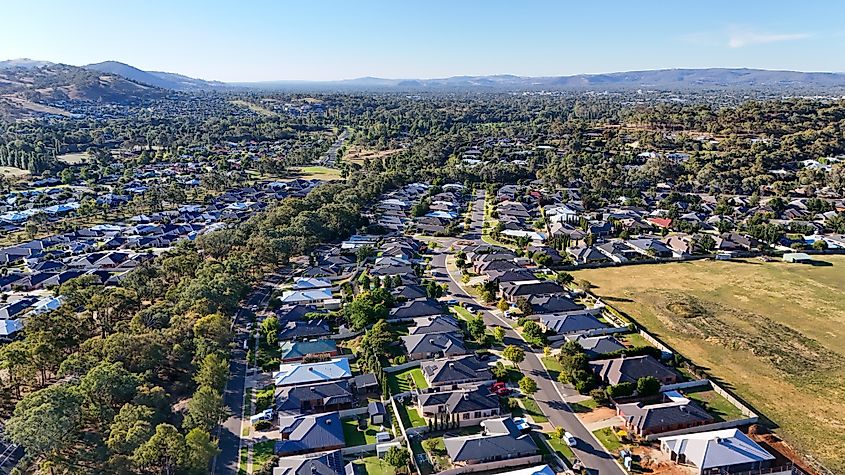
Wodonga, located on the Victorian side of the Murray River, is a key regional hub with historical roots as a vital river crossing and rail junction connecting Melbourne and Sydney. Established in 1852, the city retains its significance as a logistics and manufacturing centre while fostering a growing arts and cultural scene. Unique to Wodonga is the Army Museum Bandiana, one of Australia’s largest military museums, housing extensive military transport and equipment collections.
Wodonga’s Junction Place precinct, developed on the former rail yards, has become a landmark dining and entertainment area, hosting eateries like Miss Amelie, which serves European-inspired cuisine in a restored railway station. For a more casual bite, check out the Wodonga Plant Farm café, which serves seasonal meals within its expansive nursery. Outdoor lovers will enjoy Belvoir Park, which offers a lakeside setting with a playground, skate park, and walking trails circling Sumsion Gardens Lake. The High Country Rail Trail begins at the city’s edge, providing cyclists with panoramic views toward Lake Hume.
The Cube Wodonga, a purpose-built theatre, hosts touring productions and local performances. Throughout the year, Gateway Village along the Lincoln Causeway features art studios, galleries, and the HotHouse Theatre, fostering a creative corridor between Wodonga and neighbouring Albury.
Warragul

Warragul, situated in West Gippsland between the Strzelecki Ranges and Mount Baw Baw, is known for its agricultural heritage and prominence in Victoria’s dairy industry. Established in the 1870s alongside the Gippsland railway, Warragul remains a regional centre for food production and artisan goods. The town is home to the Warragul Farmers Market, held monthly at Civic Park, attracting producers from across Gippsland.
Art enthusiasts should visit the nearby Town & Country Gallery, showcasing works by regional artists. Meanwhile, the West Gippsland Arts Centre, a major performing arts venue opened in 1982, hosts concerts, theatre productions, and exhibitions. And Warragul’s history is preserved at the Old Shire Hall Museum, which displays archives and artefacts relating to the region’s development.
Outdoor spaces include Civic Park, featuring a network of walking tracks, a playground, and an amphitheatre. Brooker Park provides a walking and cycling trail connecting to the Two Towns Trail, leading to Drouin. Dining options include Frankie's Café for locally roasted coffee, Hogget Kitchen for seasonal dishes using Gippsland produce, and The Courthouse Restaurant located in a repurposed heritage building. Finally, educational opportunities for all ages are available in Warragul, from St Paul’s Anglican Grammar School to Warragul Regional College.
Sale

Sale is a regional city with a population of more than 15,000. Established in the mid-19th century, Sale played a significant role in the development of the region, particularly during the gold rush era. The city's historical significance is evident in landmarks such as the Sale Swing Bridge, built in 1883, which was the first movable bridge in Victoria. Sale's strategic location near the Gippsland Lakes and Ninety Mile Beach makes it a gateway for exploring natural attractions.
Cultural and recreational facilities in Sale include the Gippsland Art Gallery, which hosts exhibitions of local and national artists, and the Port of Sale precinct, featuring a library, café, and community spaces. The Sale Botanic Gardens, established in the 1860s, offer landscaped gardens, walking paths, and a children's playground. Lake Guthridge and Lake Guyatt provide opportunities for walking, birdwatching, and picnicking.
Dining options in Sale range from local cafés, such as Redd Catt and Raymond Cafe, to restaurants serving regional produce, such as the gastropub at the Criterion Hotel.
Traralgon
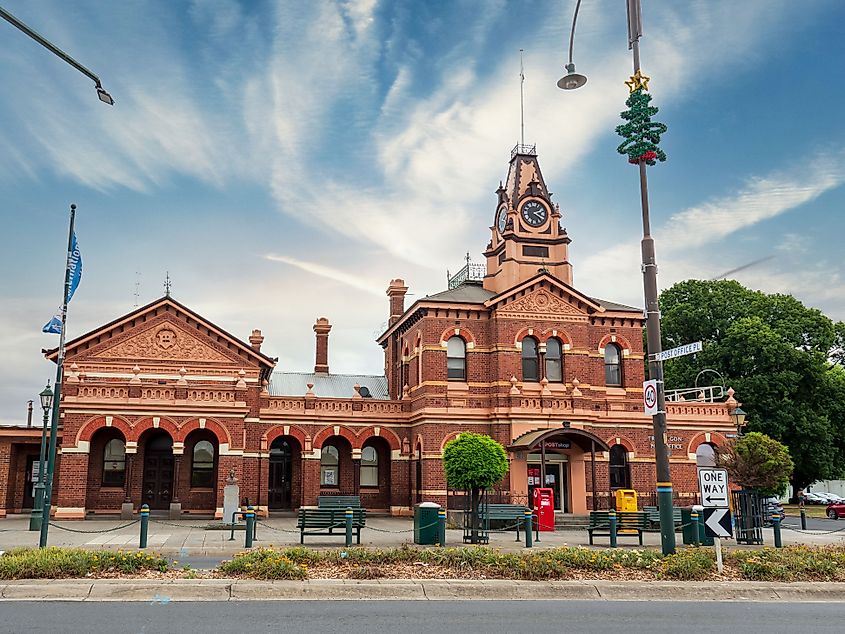
Traralgon developed rapidly in the late 19th century following the expansion of the Gippsland railway and the rise of the coal industry. The town’s historical ties to energy production remain visible at the nearby PowerWorks Energy Education Centre, which presents exhibits on the region’s power generation history. The town also features heritage-listed buildings such as St Michael’s Catholic Church, opened in 1883, reflecting its architectural evolution.
Recreational spaces include Victory Park, home to an accessible playground and an ANZAC memorial. Newman Park offers miniature railway rides operated by the Gippsland Model Engineering Society. And the Traralgon Railway Reservoir Conservation Reserve, originally constructed to service steam trains, now functions as a habitat for native birds and a network of walking trails.
For food, Neilsons Kitchen is known for tasting menus using Gippsland produce, and Little Prince Eating House offers a variety of Australian and internationally inspired dishes. The Traralgon Vineyard, located on the town’s outskirts, produces cool-climate wines and holds public tastings. In the evening, check out the Gippsland Performing Arts Centre and the Traralgon Bowls Club, which hosts local tournaments and social events.
Maryborough
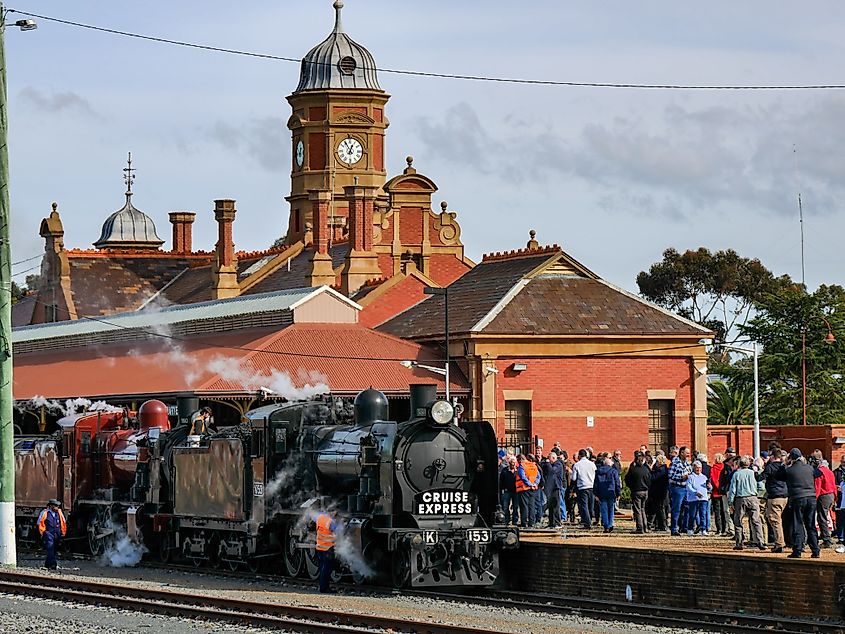
Maryborough, located in the Central Goldfields region of Victoria, was established during the 1850s gold rush and retains a concentration of historic architecture. The Maryborough Railway Station, built in 1890 and once admired by Mark Twain, is a focal point of the town’s heritage and now houses a café and visitor information centre. The Central Goldfields Art Gallery, situated in a former fire station, features exhibitions by regional artists and a permanent collection of works linked to the area’s cultural history. Maryborough’s settlement history is documented at the Worsley Cottage Museum, which includes a 19th-century stone cottage and a restored slab hut.
Outdoor amenities in Maryborough include Phillips Gardens, established in the 1870s, with formal gardens, ornamental lakes, and walking paths. Lake Victoria provides opportunities for kayaking and birdwatching. Golfers access the Maryborough Golf Club, an 18-hole course on the town’s edge.
The town hosts popular annual events such as the Highland Gathering at Princes Park, which features traditional Scottish games. The Energy Breakthrough event brings engineering and innovation displays to the town each November. Finally, consider dining at Rammy Dessert Indian Restaurant, which offers Indian cuisine.
Castlemaine
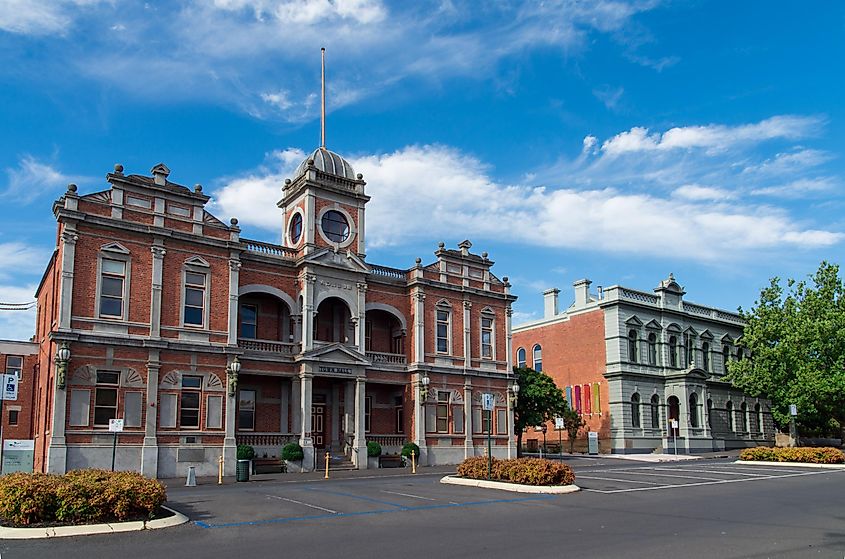
Castlemaine was founded during the 1851 gold rush and retains a significant number of heritage buildings linked to its mining past. The Castlemaine Market Building, constructed in 1862, now operates as the Castlemaine Visitor Information Centre and an occasional events venue. The Castlemaine Art Museum, established in 1913, holds an extensive collection of Australian art and historical artefacts. And the Buda Historic Home and Garden, a preserved 19th-century villa, displays the creative works and belongings of the Leviny family.
The Mill Castlemaine represents the town’s industrial heritage, now housing artisan workshops and studios. It also provides a hub for food producers, including Long Paddock Cheese and Das Kaffeehaus roastery. Other dining venues include The Bridge Hotel, which hosts live music alongside a gastropub menu, and Origini Café, which serves house-made Italian dishes.
Outdoor spaces include the Castlemaine Botanical Gardens, home to various established native and exotic plantings, and Lake Joanna. The Castlemaine Diggings National Heritage Park surrounds the town and offers walking trails past old mining sites. And Castlemaine Farmers Market runs monthly at Western Reserve. Finally, finish your day at Theatre Royal, Australia’s oldest continually operating theatre.
Warnambool
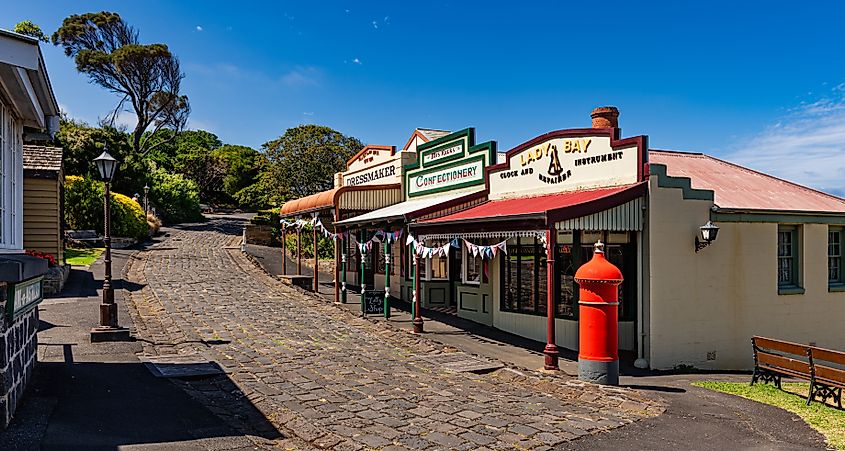
Warrnambool is historically linked to maritime trade and shipwrecks along the Shipwreck Coast. This is commemorated at the Flagstaff Hill Maritime Village, which features the Loch Ard Peacock relic and nightly sound-and-light shows. Warrnambool is recognised as a prime location for Southern Right whale calving, with whale sightings visible from the Logans Beach Whale Watching Platform between June and September.
Recreational spaces include Lake Pertobe Adventure Playground, which offers walking tracks, picnic areas, and boating facilities. The Warrnambool Botanic Gardens, designed by William Guilfoyle in 1879, feature heritage-listed trees and a rotunda. The Fletcher Jones Gardens are located at the site of the historic Fletcher Jones factory, now home to markets and community events.
Dining venues include Bojangles Pizza Restaurant on Liebig Street and Pavilion Café & Bar, which overlooks the Breakwater and serves locally sourced seafood. Check out the Warrnambool Art Gallery, established in 1886, which holds a permanent collection of colonial, Indigenous, and contemporary works. Horse racing fans will enjoy the annual May Racing Carnival at the Warrnambool Racecourse, hosted by the Warrnambool Racing Club.
Living in Victoria
Victoria’s tomorrow hides beyond Melbourne, where Wodonga’s rail-yard bistros, Sale’s swing-bridge waterfront, and Warrnambool’s whale-watched surf all prove the 20-minute neighbourhood is alive and caffeinated. Galleries in Maryborough, dairy-to-dining alchemy in Warragul, and Traralgon’s vineyard-ringed tech hub invite a 2025 leap where history bankrolls your next flat white. Shift your postcode to one of these seven delightful communities.
